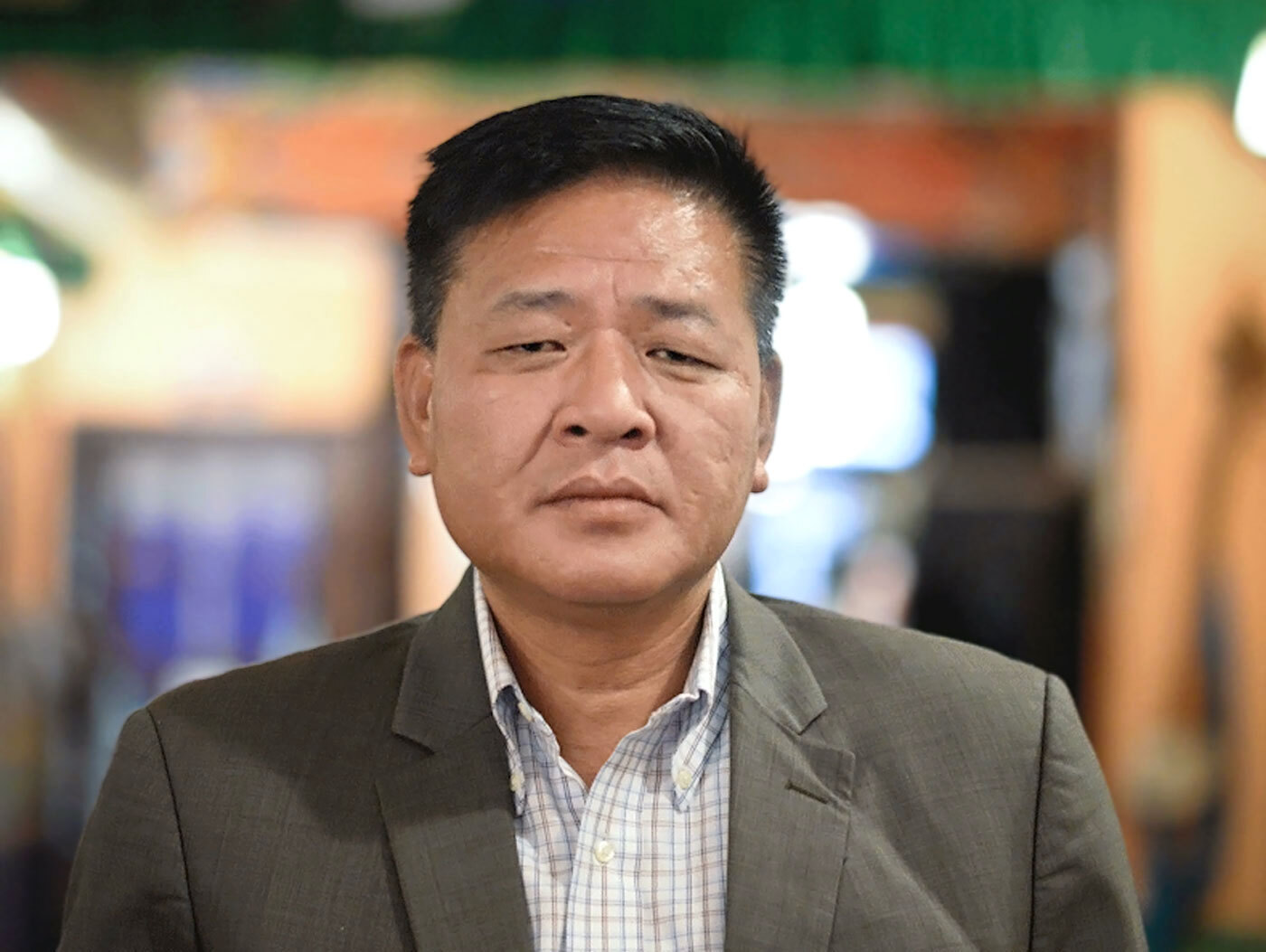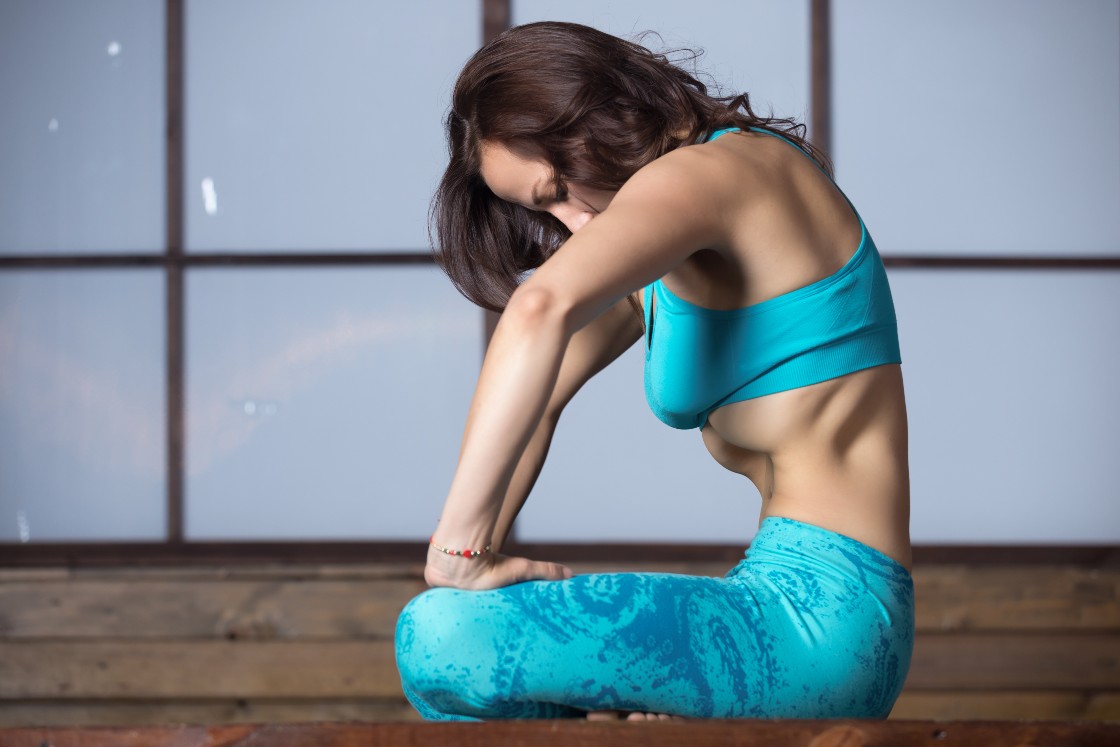Life Being As It Is
The Ordinary Mind Zen School teacher on overcoming intrusive thoughts The post Life Being As It Is appeared first on Tricycle: The Buddhist Review.

The Ordinary Mind Zen School teacher on overcoming intrusive thoughts
By Charlotte Joko Beck Oct 04, 2023 Photo by Sean Kong
Photo by Sean KongWhat is the one thing in life we can rely on? We might say, “I rely on my mate.” We may love our husbands and wives; but we can’t ever completely rely on them, because another person (like ourselves) is always to some extent unreliable. There is no person on earth whom we can completely rely on, though we can certainly love others and enjoy them. What then can we rely on? If it’s not a person, what is it? What can we rely on in life? I asked somebody once and she said, “Myself.” Can you rely on yourself? Self-reliance is nice, but is inevitably limited.
There is one thing in life that you can always rely on: life being as it is. Let’s talk more concretely. Suppose there is something I want very much: perhaps I want to marry a certain person, or get an advanced degree, or have my child be healthy and happy. But life as it is might be exactly the opposite of what I want. We don’t know that we’ll marry that certain person. If we do, he might die tomorrow. We may or may not get our advanced degree. Probably we will, but we can’t count on that. We can’t count on anything. Life is always going to be the way it is. So why can’t we rely on that fact? What is so hard about that? Why are we always uneasy? Suppose your living space has just been demolished by an earthquake, and you are about to lose an arm and all your life’s savings. Can you then rely on life just as it is? Can you be that?
Trust in things being as they are is the secret of life. But we don’t want to hear that. I can absolutely trust that in the next year my life is going to be changed, different, yet always just the way it is. If tomorrow I have a heart attack, I can rely on that, because if I have it, I have it. I can rest in life as it is.
Trust in things being as they are is the secret of life.
When we make a personal investment in our thoughts we create the “I” (as Krishnamurti would say), and then our life begins not to work. That’s why we label thoughts, to take the investment out again. When we’ve been sitting long enough we can see our thoughts as just pure sensory input. And we can see ourselves moving through the stages preliminary to that: at first we feel our thoughts are real, and out of that we create the self-centered emotions, and out of that we create the barrier to seeing life as it is; because if we are caught in self-centered emotions we can’t see people or situations clearly. A thought in itself is just pure sensory input, an energy fragment. But we fear to see thoughts as they are.
When we label a thought we step back from it, we remove our identification. There’s a world of difference between saying, “She’s impossible” and “Having a thought that she’s impossible.” If we persistently label any thought the emotional overlay begins to drop out and we are left with an impersonal energy fragment to which we need not attach. But if we think our thoughts are real we act out of them. And if we act from such thoughts our life is muddled. Again, practice is to work with this until we know it in our bones. Practice is not about achieving a realization in our heads. It has to be our flesh, our bones, ourself. Of course, we have to have life-centered thoughts: how to follow a recipe, how to put on a roof, how to plan our vacation. But we don’t need the emotionally self-centered activity that we call thinking. It really isn’t thinking, it’s an aberration of thinking.
Zen is about an active life, an involved life. When we know our minds well and the emotions that our thinking creates, we tend to see better what our lives are about and what needs to be done, which is generally just the next task under our nose. Zen is about a life of action, not a life of passively doing nothing. But our actions must be based on reality. When our actions are based on our false thought systems (which are based on our conditioning), they are poorly based. When we have seen through the thought systems we can see what needs to be done.
What we are doing is not reprogramming ourselves, but freeing ourselves from all programs, by seeing that they are empty of reality. Reprogramming is just jumping from one pot into another. We may have what we think of as a better programming; but the point of sitting is not to be run by any program. Suppose we have a program called “I lack self-confidence.” Suppose we decide to reprogram that to “I have self-confidence.” Neither of them will stand up very well under the pressures of life, because they involve an “I.” And this “I” is a very fragile creation—unreal, actually—and is easily befuddled. In fact there never was an “I.” The point is to see that it is empty, an illusion, which is different from dissolving it. When I say that it’s empty, I mean that it has no basic reality; it’s just a creation of the self-centered thoughts.
Doing Zen practice is never as simple as talking about it. Even students who have a fair understanding of what they’re doing at times tend to desert basic practice. Still, when we sit well, everything else takes care of itself. So whether we have been sitting five years or twenty years or are just beginning, it is important to sit with great, meticulous care.
⧫
Excerpted from Everyday Zen by Charlotte Joko Beck and reprinted with permission from HarperOne, an imprint of HarperCollins Publishers. Copyright 2007 (trade paperback edition)
![]()
Thank you for subscribing to Tricycle! As a nonprofit, we depend on readers like you to keep Buddhist teachings and practices widely available.
This article is only for Subscribers!
Subscribe now to read this article and get immediate access to everything else.
Already a subscriber? Log in.

 JimMin
JimMin 
































